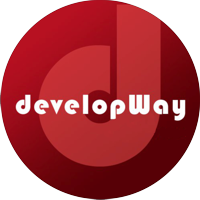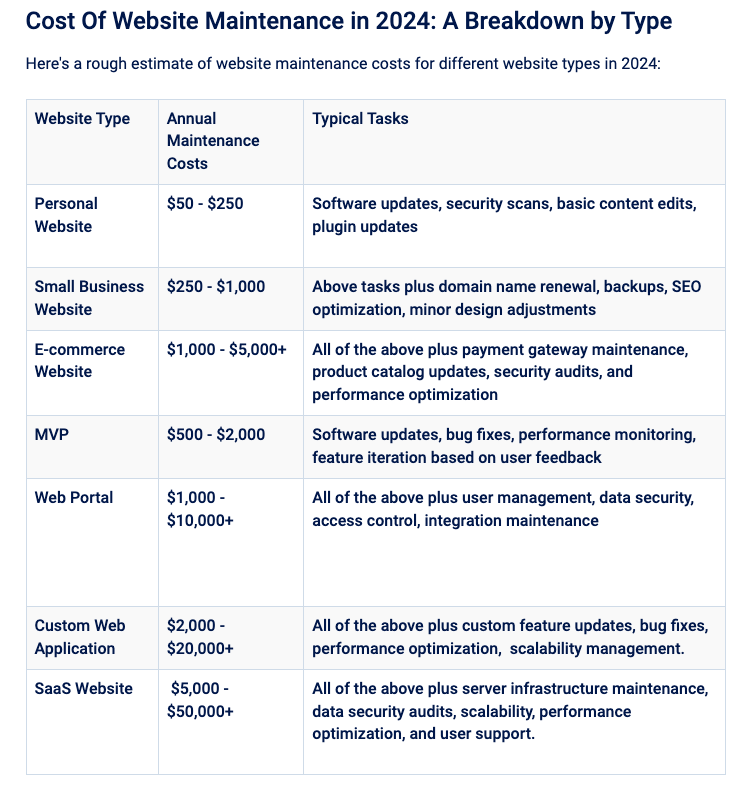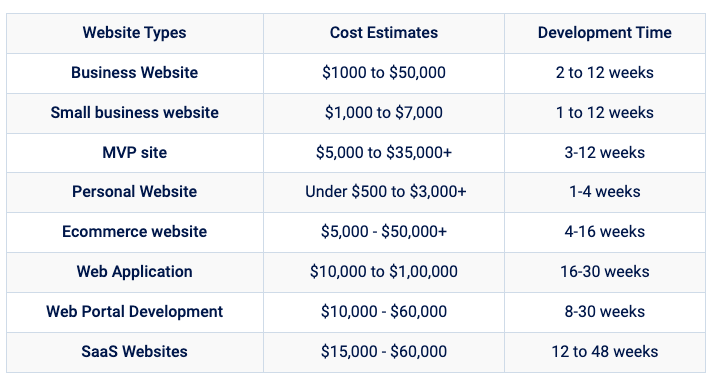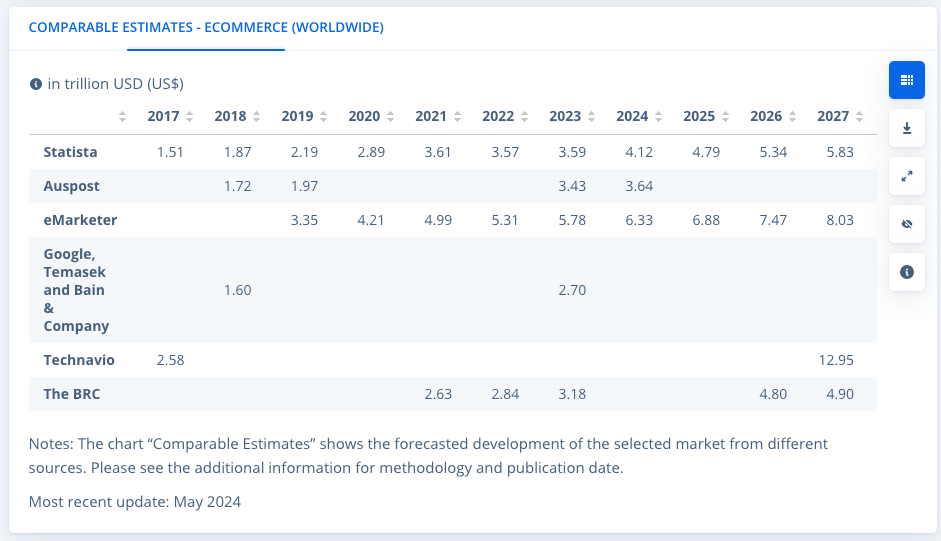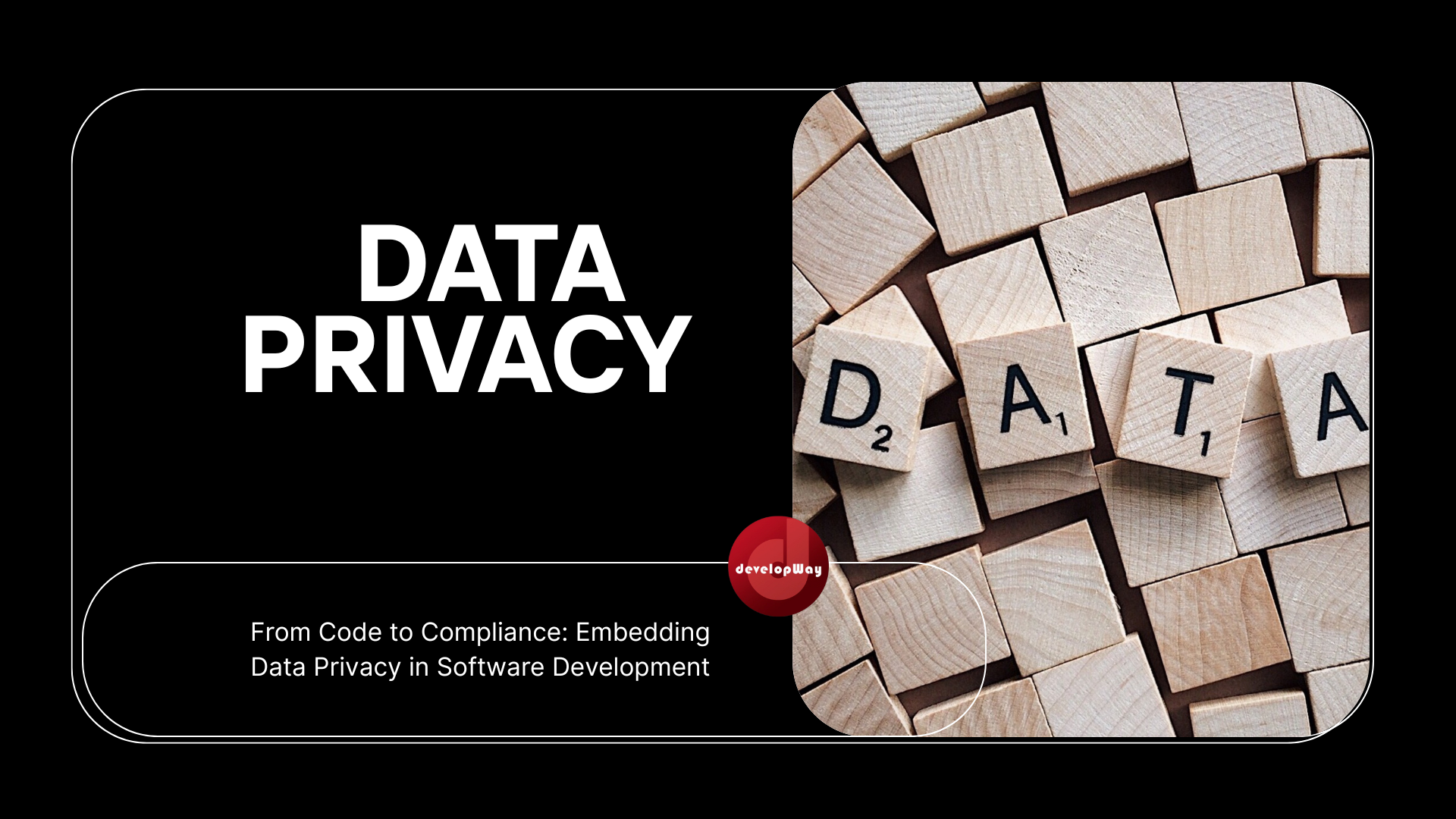
As businesses worldwide race toward digital transformation, the cost of web development in 2024 has taken center stage. Web development costs can vary widely depending on the type of project, its complexity, the geographic location of the development team and other factors. Whether you’re a startup launching your first platform or a seasoned corporation needing a digital overhaul, understanding the factors driving these costs is critical. In this article, we’ll dissect the main variables influencing web development pricing today, supported by real-world data, to help you navigate the complex web of costs.
The State of Web Development in 2025
The cost of web development has never been a fixed figure, with variables including project complexity, geographic location, team composition, and technological stack at play. In 2024, these factors are more dynamic than ever before. According to a recent survey by GoodFirms, the average cost to develop a basic website ranges between $5,000 and $30,000, while feature-rich websites, including advanced functionality like eCommerce integration or machine learning algorithms, can cost anywhere from $50,000 to $300,000.
Global Labor Costs: A Key Driver
Labor continues to be the most significant component of web development costs, with salaries for web developers continuing to climb. In the U.S., a mid-level web developer’s salary ranges between $85,000 to $120,000 annually . By contrast, countries with lower labor costs such as India, Ukraine, and the Philippines offer rates that range from $20 to $50 per hour . However, outsourcing comes with trade-offs, as companies may face communication barriers, time zone differences, and varying levels of expertise.
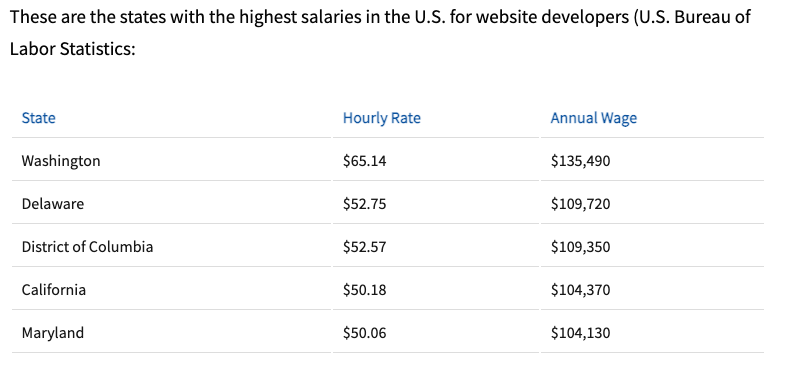
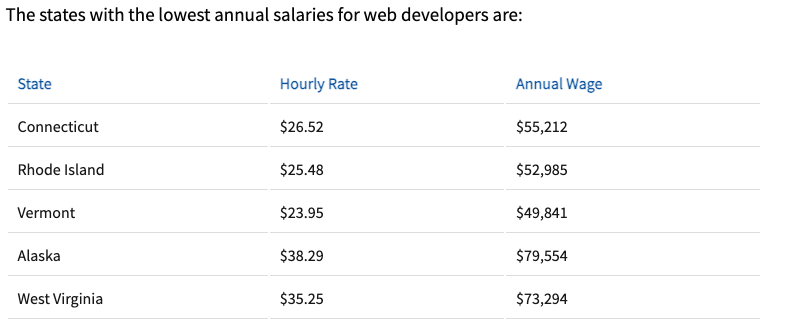
Source: US Bureau of Labour Statistics
Technological Innovations and Their Cost Impact
With the rise of AI, automation tools, and cutting-edge frameworks, the toolkit for web development has never been more powerful—or complex. However, integrating these technologies has cost implications. In 2024, web applications are expected to make extensive use of artificial intelligence for personalized user experiences. As a result, businesses are now expected to allocate an additional 20-40% in budget for AI-based functionalities .
Cloud-native development has also changed the landscape. Platforms like AWS, Azure, and Google Cloud allow for scalable and resilient architectures but come with a subscription-based pricing model. On average, businesses spend around $1,200 to $5,000 annually on cloud infrastructure for small to mid-sized projects . For more extensive operations, cloud spending can surpass $50,000 a year.
No-Code and Low-Code Solutions: Disruption or Supplement?
A significant trend in 2024 is the growing use of no-code and low-code platforms. Platforms like Webflow, Bubble, and OutSystems have simplified the development process, allowing companies to build websites faster and at a fraction of traditional development costs. According to a 2023 study by Forrester, these platforms can reduce development time by 70%, effectively slashing costs by up to 50% for smaller projects . However, for complex, custom solutions, traditional coding remains indispensable.
Factors Affecting Web Development Costs
1. Website Size
The number of pages significantly impacts cost. A small brochure-style website will cost far less than a large eCommerce site or a custom web application.
2. Custom Designs
Tailor-made designs and unique branding elements increase the development effort and associated costs, especially if advanced animations, custom logos, or interactive elements are required.
3. Complex Features
Integrating third-party systems such as payment gateways, customer relationship management (CRM) systems, or API-driven features can raise the cost significantly. More complex projects often require custom API development, which demands both time and technical expertise.
4. Development Team Location
Web development costs can vary widely by region. Countries such as the US, Canada, and Western Europe tend to have higher rates, whereas outsourcing to countries like India or Poland can reduce costs.
5. Content and SEO
Quality content and SEO optimization are essential for driving traffic and converting visitors, but these require additional investment. Depending on the content’s complexity and the SEO strategy, this can add a few thousand dollars to the total cost.
6. Ongoing Maintenance and Updates
Post-launch maintenance is an often-overlooked expense. Security updates, feature enhancements, and technical support all come at a cost, which is generally 10-20% of the initial development budget annually .
Average Cost of Developing a Website for Small Businesses
- Simple Brochure Website: $1,000 to $7,000
- Typically includes a few pages (e.g., Home, About Us, Contact), a basic design, and simple contact forms. This is ideal for businesses looking for an online presence without advanced features.
Mid-Range Business Website: $7,000 to $15,000+
- These sites may include a content management system (CMS), custom design elements, and eCommerce features. This price range is suitable for businesses looking to scale with features such as blogs, shopping carts, or customer portals
Average Cost of eCommerce Websites
In 2024, the cost of developing an eCommerce website ranges between $10,000 and $50,000, with large-scale projects potentially exceeding this limit. The complexity of product catalogs, payment processing systems, and user authentication adds to the technical requirements and, consequently, the cost. A report by Statista shows that global eCommerce sales are projected to grow to $6.4 trillion by 2024 , prompting more businesses to invest in robust, secure, and user-friendly eCommerce platforms. Features like inventory management, multi-currency support, and shipping integrations further escalate development costs.
Average Cost of Custom Web Applications
Custom web applications are often the most expensive, with costs starting from $50,000 and going upwards of $250,000, depending on the complexity and features. These projects often require full custom back-end and front-end development, database architecture, and third-party integrations. For example, enterprise resource planning (ERP) systems, customer relationship management (CRM) tools, or large-scale SaaS products often demand tailored solutions, increasing the cost. According to a survey by Deloitte, 64% of enterprises prefer custom-built applications over out-of-the-box solutions for their scalability and specific operational needs .
Conclusion: Smart Web Development Investment in 2024
The cost of web development in 2024 depends heavily on the nature and scale of the project, from basic informational sites to highly complex custom applications. As businesses continue to prioritize digital transformation, understanding the factors influencing development costs is critical to making informed financial decisions. Whether you’re a small business looking for a web presence or an enterprise seeking a custom-built application, aligning your goals with your budget ensures that your web development investment delivers maximum returns.
By understanding these costs and balancing them with your project requirements, you can make smarter decisions that ensure both quality and cost-efficiency in 2024 and beyond
